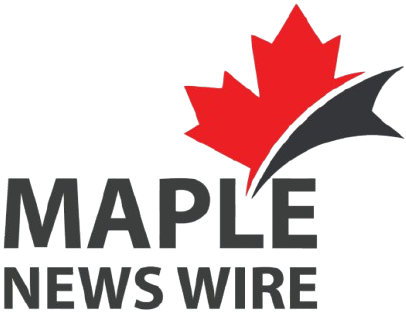Vancouver faces peak levels of human waste on streets as residents and businesses demand urgent action and sustainable solutions.
City Streets Turn Into Obstacle Courses
Walking through downtown Vancouver has become more than just a footrace—it’s a test of endurance, awareness, and agility. Dodging dog mess might be common in urban settings, but Vancouver’s streets present an elevated challenge. The culprit? A sharp spike in public defecation, leaving residents, businesses, and neighbourhood associations demanding more than temporary cleanup responses.
Business Owners Step In Where Systems Fall Short
“The unfortunate thing is we’ve been talking about the feces issue here for quite a while now,” says Walley Wargolet, Executive Director of the Gastown Business Improvement Society. Faced with mounting frustration, he launched his own “Poop Fairy Program,” a waste cleanup effort led by Clean Start B.C. Although briefly paused due to funding shortages, the program resumed in March—and the numbers are staggering. In just one month, Gastown logged 155 cleanups, while the Downtown Eastside clocked in at 267.
Despite the program’s impact, Wargolet projects a cost of $30,000–$40,000 by year-end—funding that’s hard to sustain. “There is certainly a massive issue,” he adds, regardless of whether the waste is human or canine.
City Programs Fall Short of Expectations
In 2021, the City of Vancouver initiated its Feces Removal Response Program. Crews patrol key areas like Chinatown, Gastown, and Strathcona during weekdays. The program saw 1,870 removals in just the first two months of 2025. While the city cites declining totals—19,900 cleanups in 2023 versus 17,670 in 2024—residents like Wargolet argue that the pace remains too slow to make a visible impact.
Citizens Taking Cleanliness Into Their Own Hands
Ruishan Liu, a Downtown Vancouver resident originally from China, was so appalled by the level of waste that she began cleaning the streets herself. What started as a solo mission with a pooper scooper has grown into a full-time effort—20 to 30 cleanups a month—beyond the city’s ‘Adopt A Block’ program.
“Some of the feces are pretty large,” she observes, adding, “At first I thought it was all from dogs, but then I started to wonder— is it something else?” The volume and severity of the problem have made Liu question the efficacy of the city’s current systems.
Public Washrooms Scarce, Despite Advocacy
Landon Hoyt, Executive Director of the Hastings Crossing Business Improvement Association, highlights another glaring gap: a chronic shortage of public washrooms. “We’ve been very reluctant to put washrooms in places like transit stations and high tourist areas,” he says.
With only a handful of public facilities—at Main and Hastings, Victory Square Park, and Pigeon Park—the infrastructure hasn’t kept pace with demand. Wargolet plans to install another restroom in Gastown, but with the summer surge approaching, time is not on their side. “It isn’t going to be pleasant,” he warns.
The Issue Is Widespread—and Growing
From Kitsilano to Yaletown and Mount Pleasant, the issue isn’t confined to the Downtown Eastside. “I walk down Fourth Avenue and I see it,” says Wargolet. What was once an isolated problem is now citywide.
Beyond Cleanups: Addressing the Root Cause
While public toilets might ease the surface-level crisis, experts stress the need for systemic intervention. “If folks are really in this dire of a straight that they’re having to use a street or an alley for this purpose, there probably are other things that they need help with,” Wargolet says. He calls for expanded services for vulnerable populations.
Hoyt adds that many safe spaces for the homeless—like The Dugout—have shuttered due to rising rents and funding cuts. “We’re going to have to continue to spend money on these temporary band-aid solutions unless we actually get real and talk about addressing the upstream problems,” he says.
His message is clear: Until Vancouver tackles its housing and substance abuse crises, sanitation woes will persist—no matter how many volunteers show up with scoops in hand.
For more stories that matter to your city and your community, stay tuned to Maple News Wire.
We bring clarity to the issues shaping our streets—one headline at a time.




